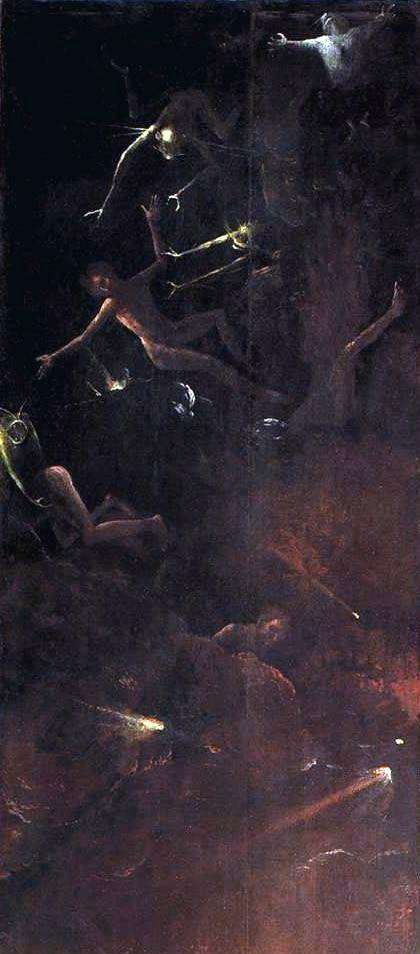
Visions “The overthrow of sinners” and “Infernal river” Bosch treats in accordance with the teachings of the mystics, that is, in the spiritual plan. On the board “The overthrow of sinners” sinners, carried away by demons, fly in the darkness down. The contours of their figures are barely illuminated by flashes of hellfire. Many other visions of Hell, created by Bosch, also seem chaotic, but only at first glance, and with careful consideration, they always find logic, a clear structure and meaningfulness.
Here, each character exists by itself. “The Last Judgment” is one of the most consonant with Bosch’s worldview. On the doors, the Earthly Paradise is required, where again, like in the Boot of Hay, Bosch places the fallen angels, and Hell, infested with sinners, from the kind of torment whose blood runs cold in the veins. In the “Four Last Things”, Bosch portrayed the Last Judgment as it was customary in the Middle Ages and in the Renaissance. The vast part of the space was assigned to the heavens and the formidable Vessel, who sat there.
On the Vienna triptych, the scene of the divine judgment with Christ in the center seems tiny, and the number of the elect is insignificant compared to the oppressive picture of the accursed humanity. The advent of the Doomsday, Dies irae, when the earth and Hell will no longer differ from each other, will be the last chord in the history of mankind, which began with the fall of Adam and Eve and their expulsion from Eden.
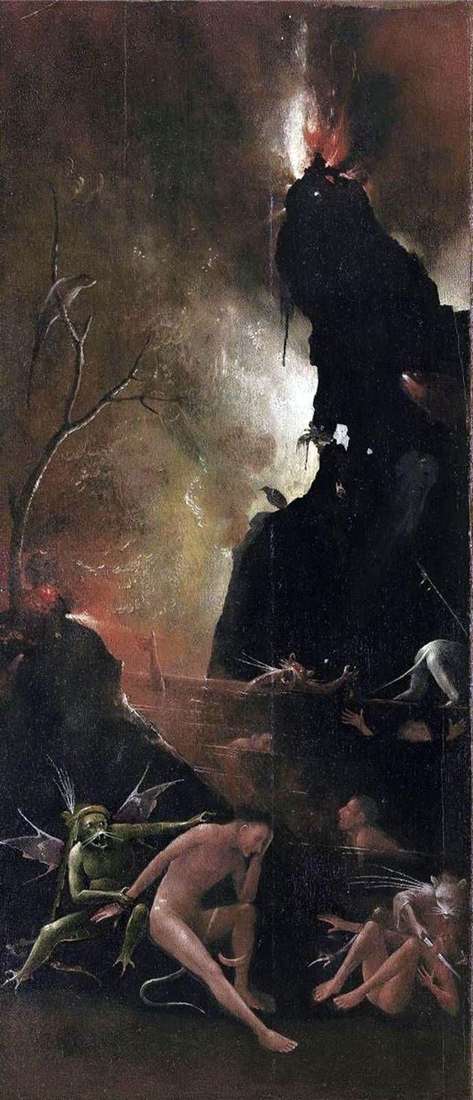 Hell’s River, Visions of the Hereafter by Hieronymus Bosch
Hell’s River, Visions of the Hereafter by Hieronymus Bosch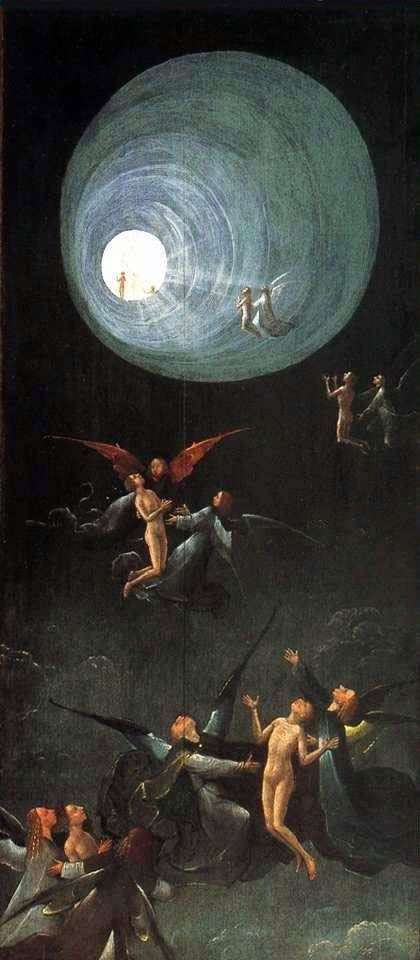 Ascension in the Empire, Visions of the Hereafter. Part of the altar by Hieronymus Bosch
Ascension in the Empire, Visions of the Hereafter. Part of the altar by Hieronymus Bosch Hell. The right shutter of the altar The Last Judgment by Hieronymus Bosch
Hell. The right shutter of the altar The Last Judgment by Hieronymus Bosch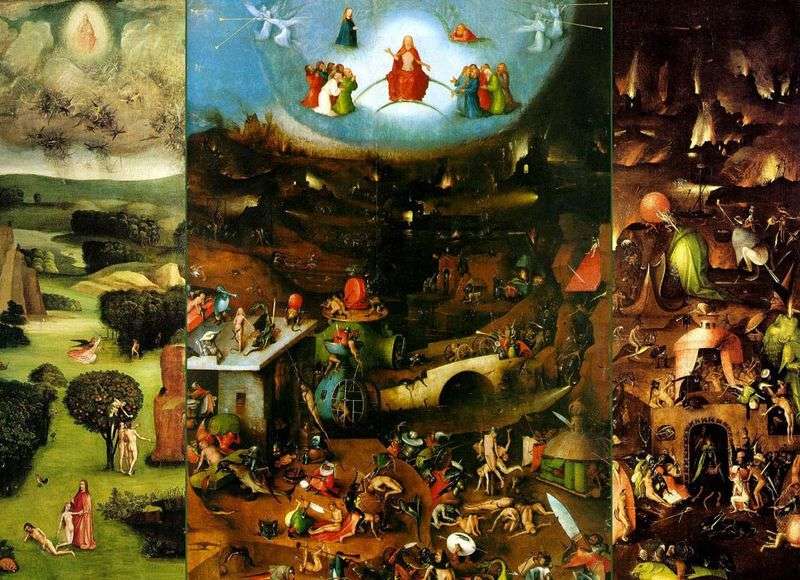 The Last Judgment by Hieronymus Bosch
The Last Judgment by Hieronymus Bosch Hell, the altar of Voznesen. The right shutter by Hieronymus Bosch
Hell, the altar of Voznesen. The right shutter by Hieronymus Bosch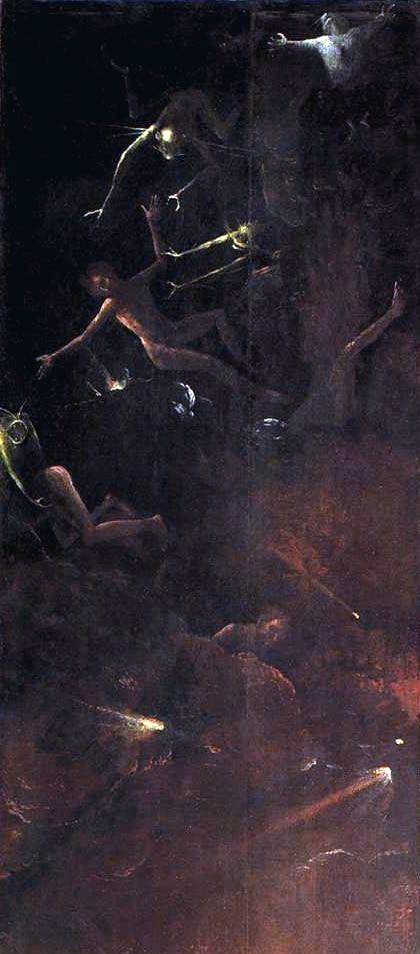 Le renversement des pécheurs, visions des enfers – Jerome Bosch
Le renversement des pécheurs, visions des enfers – Jerome Bosch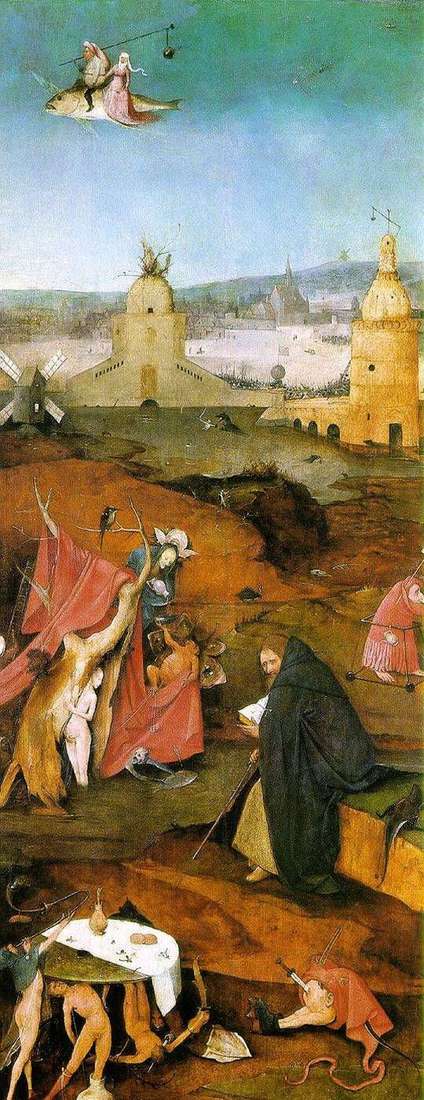 Visions of St. Anthony. The right wing of the altar by Hieronymus Bosch
Visions of St. Anthony. The right wing of the altar by Hieronymus Bosch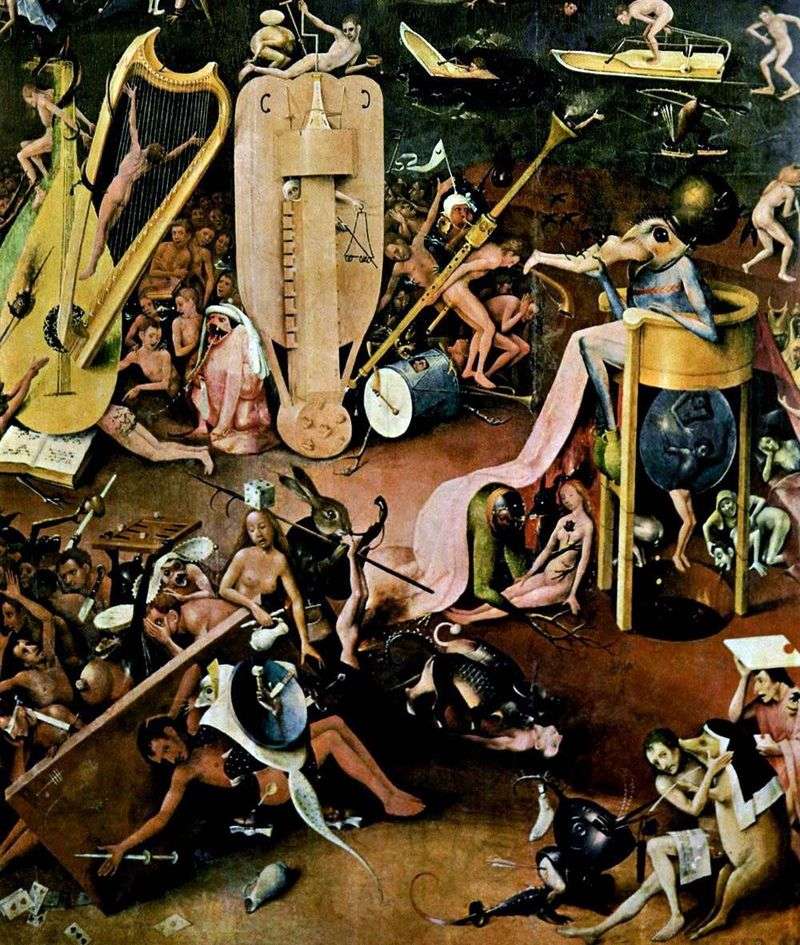 Hell. Detail of the triptych Garden of earthly pleasures by Hieronymus Bosch
Hell. Detail of the triptych Garden of earthly pleasures by Hieronymus Bosch